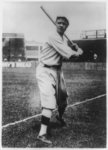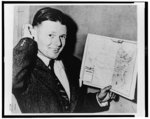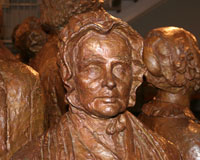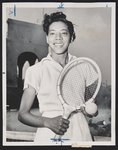
Charles Lindbergh
Charles Lindbergh started his solo flight across the Atlantic in 1927. He left Long Island, New York, in the Spirit of St. Louis at 7:52 AM. He arrived at Paris, France, at 10:24 PM on May 21. “Lucky Lindbergh” won a $25,000 prize for his efforts. He instantly became a national hero. Idea: Children could read more about his life and the fame he faced.





